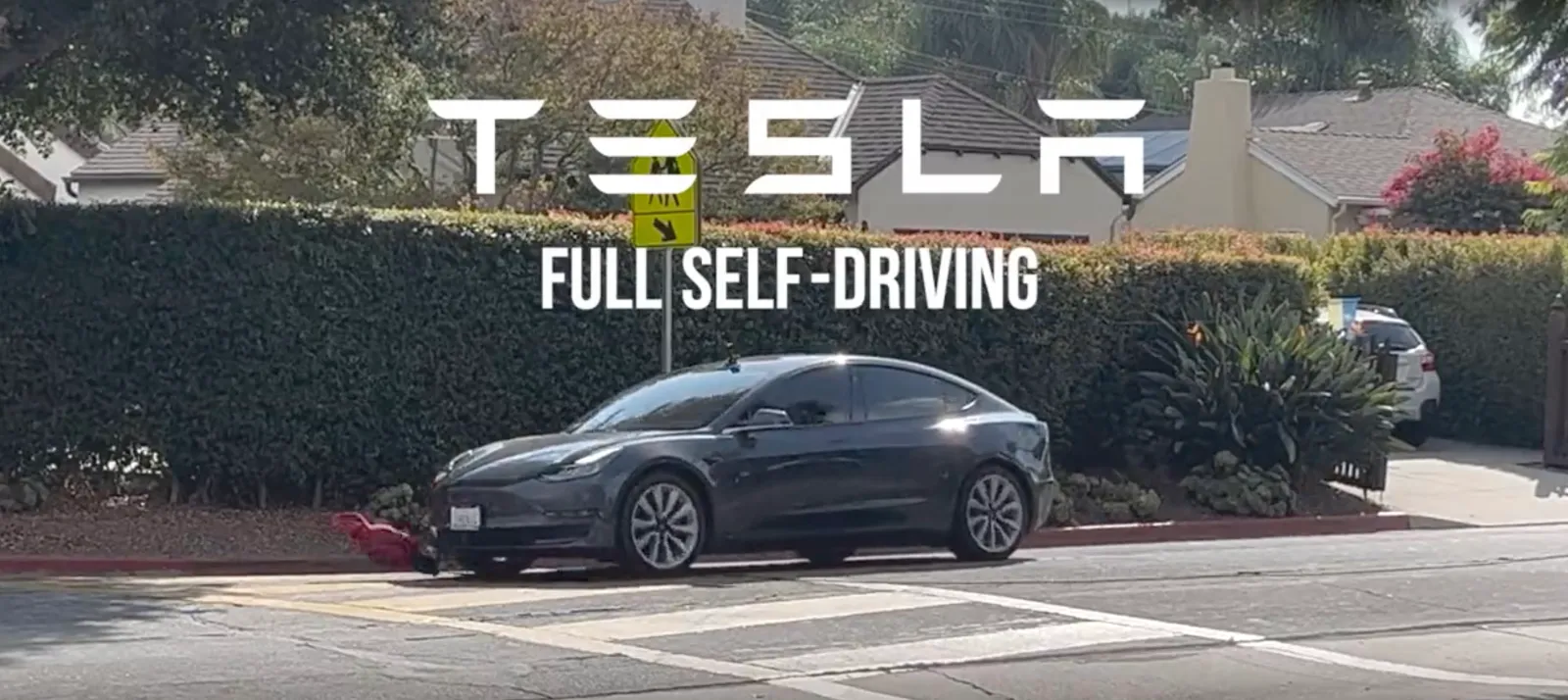
Tesla is set to unveil a vehicle specifically designed to be a robotaxi, all while it is still selling its long-standing promise that its consumer vehicles would transform into self-driving taxis through software updates.
Some wonder if this is a bait-and-switch.
Tesla’s Original Promise
Back in 2016, CEO Elon Musk promised that all Tesla vehicles would soon become fully self-driving and capable of operating as robotaxis, generating income for their owners through future software updates. Initially, Musk claimed this would happen within a few years, but since 2019, he has said it would be ready “by the end of the year”—five years in a row.
Lately, Musk has stopped making firm predictions. However, this summer, he hinted again, saying, “I would be surprised if Tesla doesn’t achieve unsupervised self-driving next year.”
Tesla’s Self-Driving Strategy vs. Competitors
Tesla’s approach to autonomous driving is quite different from competitors like Waymo and Cruise. Instead of relying on a mix of sensors like radar and lidar, Tesla bets solely on a vision-based system powered by cameras and neural networks.
Since 2016, Tesla has sold its Full Self-Driving (FSD) package for up to $15,000, promising that future software updates will enable full autonomy. By contrast, Waymo and Cruise have already deployed fully self-driving vehicles in geo-fenced areas and operate ride-hailing services similar to Uber. Their sensor-rich vehicles are already giving thousands of autonomous rides each month, while Tesla’s system remains at Level 2 autonomy—far from the unsupervised self-driving Musk envisions.
Musk has criticized Waymo’s geo-fenced model, claiming Tesla’s ambition is to replace human drivers at scale, beyond restricted areas. But for now, Waymo seems far ahead in delivering on autonomous driving.
Tesla’s self-driving hardware cost a fraction of what Waymo’s system cost and it doesn’t rely on mapping, but it also has yet to work as promised.
Enter the Tesla Robotaxi
It’s unclear exactly how Tesla’s new robotaxi will fit into this picture. Musk has described it as a “dedicated self-driving vehicle” that might not even have a steering wheel or pedals, designed entirely for autonomous operation.
The technology powering this vehicle’s self-driving capabilities is expected to be similar, if not identical, to Tesla’s current hardware in consumer vehicles. However, updates are possible. The problem is that Tesla’s current Full Self-Driving program, based on available data, is nowhere near achieving the level of autonomy necessary for unsupervised driving.
For Tesla to operate a steering wheel-less robotaxi, it may need to introduce geo-fenced, mapped environments—similar to Waymo’s approach. Tesla has also floated the idea of launching its own ride-hailing service, called the “Tesla Network,” but this has yet to materialize.
Is This a Bait-and-Switch?
Tesla owners who purchased the FSD package will be watching closely at the robotaxi unveiling on October 10, especially to see what hardware powers the self-driving features. If the robotaxi uses the same hardware as current Teslas and operates in geo-fenced areas, this wouldn’t necessarily be bad news. Tesla could be working on its eventual commercialization – starting in controlled environments before expanding its capabilities.
However, if the robotaxi features new hardware that’s not available or retrofittable for current Tesla vehicles, owners who invested in FSD may feel Tesla has misled them. The concern is that their vehicles, despite promises, may never become fully autonomous robotaxis.
Electrek’s Take
Top comment by fmonk
Foregone conclusion it'll be an extension of the same trend: full of hyperboles on what is essentially a public beta. And just like other times, stock shares will drop and offset gains from hype of the run-up. Short-term bets love this stock. It's predictable in such a way.
There’s growing skepticism that Tesla’s HW3 vehicles, of which there are millions on the road, will ever achieve unsupervised self-driving. Last year, Musk claimed FSD on HW3 was six months ahead of HW4, but that timeline has since flipped. Considering Tesla needs a massive improvement in its self-driving system—roughly 1,000 times more miles between critical interventions — it’s hard to see HW4 vehicles reaching unsupervised self-driving anytime soon, let alone HW3.
Tesla may not admit defeat on HW3 just yet, but this robotaxi unveiling will be a crucial moment for the company’s self-driving promises and the customers who believed in them.
If it launches a geo-fenced robotaxi system with new hardware, I think we could see Tesla start to back track some of its claims about HW3 and even HW4 eventually.
What do you think? Let us know in the comment section below.
FTC: We use income earning auto affiliate links. More.






Comments